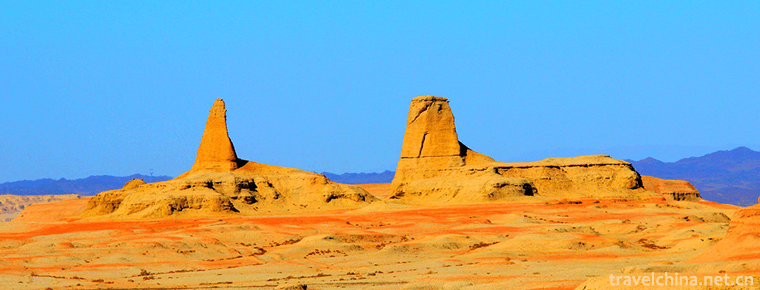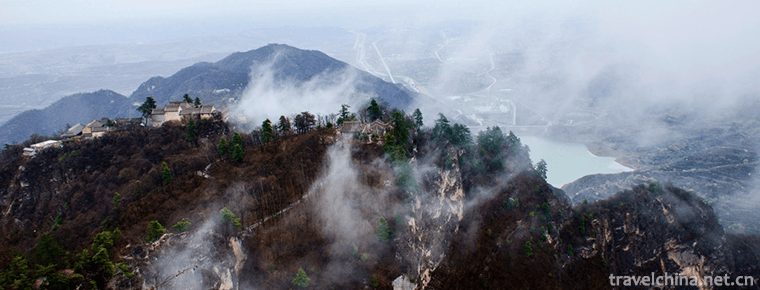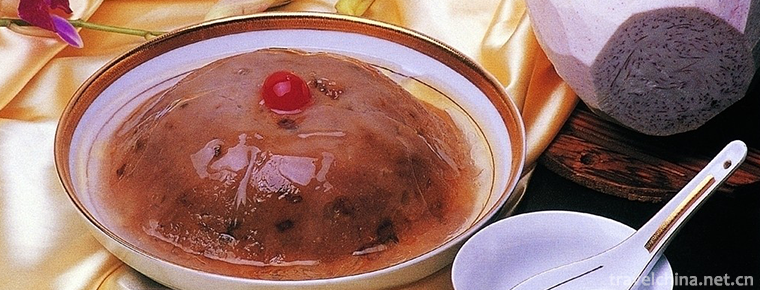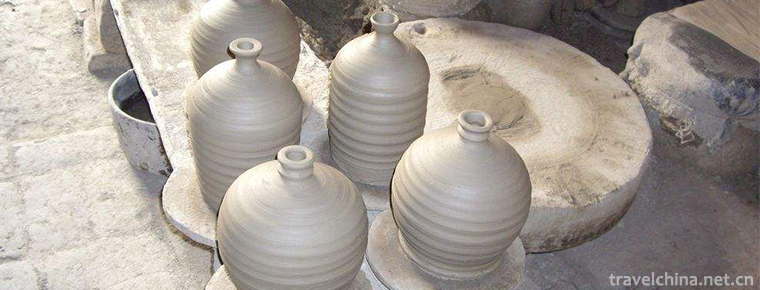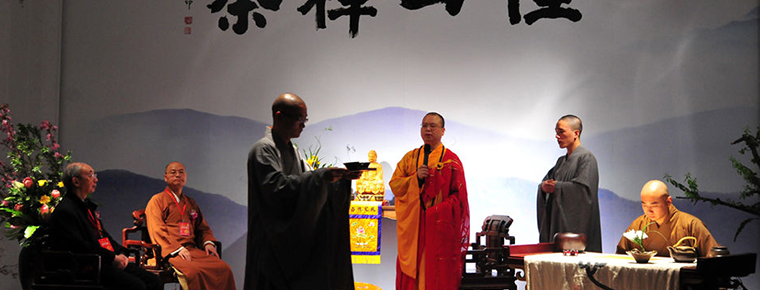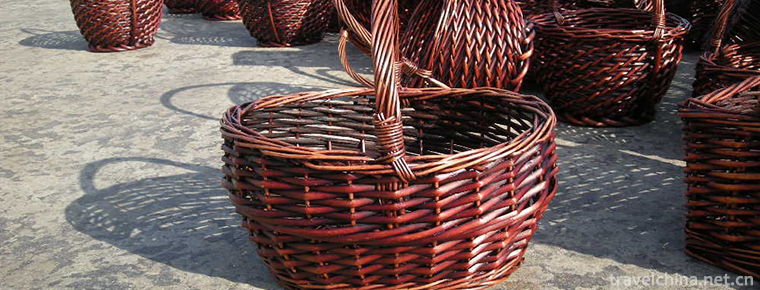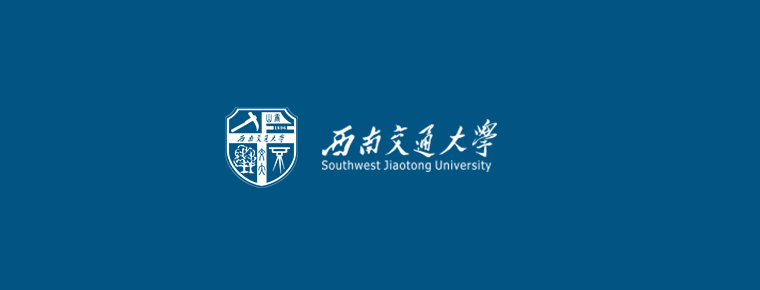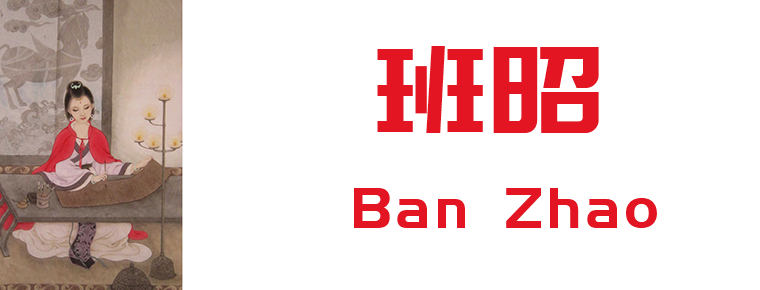Fenghuangling Natural Scenic Park
Beijing Fenghuangling Natural Scenic Park is China's National AAAA Scenic Area. The scenic spot is located in the northwest of Haidian District, 51 kilometers away from Tiananmen straight line, with a total area of 10.62 square kilometers. There are more than 40 scenic spots on the south, middle and North lines of the park.
The central line is centered on the Longquan Temple in the ancient temple, along the mountains are the Oriental health-preserving cultural temple, the moving legendary Yin-hang Pavilion and the largest cliff inscription in Beijing, "Fenghuangling"; The southern line is centered on the Huangpuyuan (Sacred Water Court), one of the eight water courtyards in the Jinzhangzong period, with the largest stone pagoda in Beijing, the diamond pagoda and the oldest Buddhist statues of the Northern Wei Stone Buddha. The scenic Luzu Cave and the ancient fragrant road (Old North Road) ruins at the peak of Miaofeng Mountain are beautiful, while the Northern Line wins by its strange peaks, strange rocks, beautiful water and secluded caves. It is known as the dangerous "ladder" of Huashan Mountain, the mysterious and deep ancient ape cave, and the famous "Shenquan" and "hanging curtain flying waterfall" scenic spots.
geographical environment
terrain
North by "Shenshan", facing the Chaoyang, beautiful scenery in spring, summer, autumn and winter, melons and peaches fragrant all the year round; fresh air, fragrant soil, pine and cypress swaying, clear and crystal spring; streams, when hidden, peaks turn back; hills rise and fall, strange rocks stand, ridges and steep walls; temples are numerous, especially Longquan Temple, stone Buddhist temple and other famous; lush trees, green grass, ancient ginseng trees. Heaven, some of them are the best in Beijing.
climate
The relative humidity is 58% from April to October, and the average temperature in spring and autumn is 23 C.
position
Beijing Fenghuangling Natural Scenic Park is located in the northwest of Haidian District, 30 kilometers away from the city center. Badaling Expressway can reach the scenic spot directly.
Main attractions
Longquan Temple
Located in Xiahuai of Fenghuangling Mountains, Longquan Temple was first built in Liao Dynasty. It is a Buddhist, Taoist and local religion in the northwest of Beijing.
Three Buddha hole
Three-body Buddha Cave is also called Three-body Buddha Cave. According to the Mahayana Ritual Charter, it expresses three different kinds of prosperous incarnations of Sakyamuni Buddha. One of them is Dharma Buddha, the name of Lujana Buddha expresses absolute truth, the left one is holding Buddha, the name of Lushena Buddha expresses absolute truth and the wisdom of receiving Dharma and music is Buddha body, the right one is Ying-body Buddha and the name of Sakya. Muni Buddha"means to cultivate various Buddha bodies according to their predestination. The three-body Buddha has fine sculpture techniques. The Dharma Buddha wears a crown with both hands matching, symmetrical left and right. The Buddha and the Buddha should have their hair buns on their heads, their palms facing the sky, and their hands open outwards. Because of weathering, rain erosion and man-made destruction, they can no longer see true.
Yuan Yuan Dong
Xuanyuan Cave, commonly known as the "Eight Immortals Cave", is carved on a pot-bottom granite lying in a buckle to the southeast. The cave was originally in the house, and the house has collapsed. On the front of the entrance, three immortals were engraved, one foot and a half high, sitting cross-kneed, with big earlobes and shoulders, smiling faces and different gestures. There were three immortals on the left wall and two immortals on the right wall, three of whom were male and two female, with their hands perpendicular to Xiadan, and the women were standing with their hands together in ten positions, with the same height and sitting image. Rainwater flows into the cave along the stone trough, forming a strange shape and flowing out, which can purify the air. This cave is the place where the ancients sought their own liberation by practicing behind closed doors. From the inside structure of the cave, it looks like the product of Liao and Jin dynasties. The Eight Immortals in the cave are not designated, but reflect the culture of Yangqi Gong in Liao and Jin Dynasties. Xuanyuan Cave, Xiuxian Cave and Xiuxian Chair in Fenghuangling Scenic Spot are relatively complete places of Yangqi Gong culture which have been found in the north of China.
Fengyun cave
It is said that thousands of years ago, the mounted Kirin beast of Manjusri Bodhisattva mistakenly broke into the residence of Lao Shang-jun and stole the hot potion in the alchemy stove. Who knows Kirin is not doing enough, so that his whole body burns like fire. Fearing the blame of Bodhisattva, he rushed into Jinlongtan to save his life. Since then, the water in this pool has been hot all the year round, and the edge of the pool is barren of grass. When Guan Shiyin saw this situation, he pointed out the Kirin beast and said, "Is Kirin a thing in the pond that turns the Dragon into a dragon whenever it meets the wind and clouds?" The Kirin beast was enlightened. One day, when the wind and clouds met in the cave, he jumped into the cave and saw a golden flash. The Kirin beast turned into a huge golden dragon and went away. Since then, the pool has returned to normal, and the "Fengyun Tunnel" has also been named after it.
Jade rabbit stone
Jade rabbit stone is a natural scenic stone, like a jade rabbit lying on its prone. This stone is large in shape and beautiful in legend. It is an important part of the natural landscape of Fenghuangling Mountains. According to legend, Chang'e and Jade Rabbit passed through this place and put Jade Rabbit in the cool mountain springs of Miaofeng Valley to drink water. The Jade Rabbit saw several rabbits playing in the grass, and couldn't help running to play with them. Playing happily and forgetting the time, Jade Rabbit has been waiting patiently for Miaofeng Valley, waiting for one day the master will take it back to the Moon Palace Wonderland.
Ornamental red leaves
The Phoenix Ridge in autumn is charming, autumn is high and refreshing. Ginkgo biloba turns yellow. Torch, yellow oak and maple leaves turn red slowly. It is a good place for you to watch Red leaves.
Apricot flower
At the end of March and the beginning of April each year, more than 600 mu of apricot blossoms in the southern Fenghuangling scenic spot compete to open. The apricot is a deciduous tree. The name of apricot is apricot. The apricot blossom is pink when it first opens and gradually turns white. The almonds in the apricot nucleus are sweet and bitter, which can be used as medicine.
Traffic routes
Bus route:
Take bus No. 346 from Summer Palace to Fenghuangling, terminus.
Driving route:
1. Yiyang Highway (the Summer Palace is along the West Bank of Jingmi Diversion Channel, through hot springs, driven by road signs)
2. Badaling Expressway - Bei'an River Exit - Beiqing Road to West - Jingmi Diversion Channel to North by Road Sign
travel
3. North Five Rings - Xiaojiahe Bridge - From Nongda to Yongfeng Road - Turn left to Beiqing Road to West-Jingmi
The diversion canal goes north by the road sign
Scenic Area Level: 2A Level
Opening Hours:
Summer: 6:00 a.m. - 6:00 p.m.
Autumn: 6:30 a.m. - 5:30 p.m.
Adult fare: 25 yuan per person
Student/Senior Citizen: 13 yuan
Tips for attractions: regular: October Health Culture Festival, April Apricot Blossom Festival: Picking Festival
Travel instructions
Fenghuangling Park provides convenience for mass mountaineering activities. It has invested more than one million yuan to build several mountaineering routes.
1. Park gate to the ladder: about 2000 meters in length, the road is smooth, suitable for middle-aged and elderly people to carry out mountain climbing activities.
2. From the ticket office on the northern route to the Flying Stone Pagoda: The Flying Stone Pagoda is the highest peak on the northern line. It boards a distant view and has a small view of mountains. It is suitable for young people to mountaineer.
3. From Longquan Temple to Shady Pavilion, there are many scenic spots on the way. It is necessary to pass through a large maple leaf forest. It is suitable for all kinds of people to upload photos for mountaineering activities.









-
Kanas Scenic Area in Altay Area
Kanas Scenic Area is located in the middle section of Altai Mountain in Xinjiang, which is located in the border area between China and Kazakhstan, Russia and Mongolia.
Views: 108 Time 2018-12-12 -
Kongtong Mountain Scenic Spot
Kongtongshan Scenic Area is located 12 kilometers west of Pingliang City, Gansu Province. It overlooks Xi'an in the east, Lanzhou in the west, Baoji in the South and Yinchuan in the north.
Views: 209 Time 2018-12-12 -
Eight treasures taro
Babao taro paste is one of the local traditional sweet spots in Fujian cuisine. This dish is delicate, soft, sweet and delicious. It looks like a cold dish but burns its mouth. It has a unique flavor..
Views: 113 Time 2019-03-27 -
Sintering Techniques of Chengcheng Yaotou Ceramics
Yaotou Ceramic Firing Skill in Chengcheng, a traditional handicraft in Yaotou Town, Chengcheng County, east of Guanzhong, Shaanxi Province, is one of the national intangible cultural heritages..
Views: 188 Time 2019-04-18 -
Jingshan tea banquet
Jingshan Tea Banquet, born in the Longevity Chan Temple of Jingshan, Jingshan Town, Yuhang District, began in Tang Dynasty and flourished in Song Dynasty. It has a history of more than 1200 years.
Views: 99 Time 2019-05-08 -
Willowerwork
Willow knitting is one of the traditional handicraft products in China. In ancient times, people were just ordinary daily necessities. It was not until the late 20th century that they began to rise gr.
Views: 135 Time 2019-05-14 -
Sheng Guanyue
The term "Sheng wind music" is not only a popular name in Chinese folk, but also a scientific name in the current academic circles. It refers to the orchestral performance form consisting of.
Views: 146 Time 2019-06-14 -
Southwest Jiaotong University
Southwest Jiaotong University is a national key university directly under the Ministry of Education. The first batch of national "double first-class", "211 project", "characte.
Views: 160 Time 2019-08-31 -
Ban Zhao
Ban Zhao (about 45 years - about 117 years), also known as Ji, the word Hui ban. Fufeng An Ling (now northeast of Xianyang, Shaanxi), a historian and a writer of Eastern Han Dynasty. historian Ban Bi .
Views: 287 Time 2019-09-11 -
Cuiping Mountain Park
Cuipingshan Park, located in the northwest of Yibin City, Sichuan Province, is a famous urban forest park integrating scenic spots and forest scenery. It is mainly composed of Cuiping mountain and Zhenwu mountain. .
Views: 135 Time 2020-10-16 -
Sports in Panzhihua
By the end of 2018, Panzhihua had 21 stadiums (gymnasiums), 56 sports social groups at all levels, 694 national fitness routes and 263 social sports guidance stations. The city's various sports teams won 80 gold medals, 91 silver medals and 72 bronze medals in provincial competitions. 124 national fitness activities were held throughout the year, with 460000 participants..
Views: 323 Time 2020-12-14 -
Dazhou social security
In 2019, the per capita disposable income of Dazhou residents is 22995 yuan, an increase of 10.1%. The per capita disposable income of urban residents was 33823 yuan, an increase of 9.5%. Among them, salary income was 18783 yuan, an increa.
Views: 105 Time 2020-12-20
